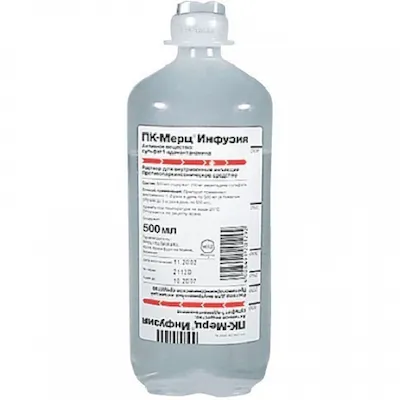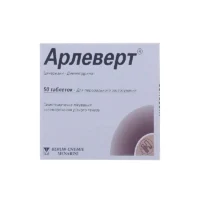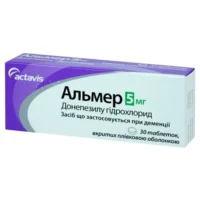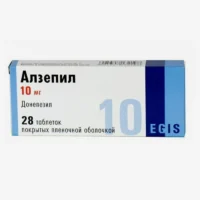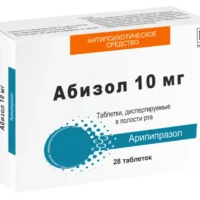Description
PK-Merz Solution for Infusions 0.4 mg/ml – 500 ml – №1 Vial
Ingredients
- Each vial of PK-Merz solution for infusions contains 0.4 mg/ml of amantadine hydrochloride as the active ingredient.
- Other components include water for injections.
Dosage
The appropriate dosage of PK-Merz solution for infusions is determined by a healthcare provider based on the individual’s condition. It is commonly administered intravenously over a specified period.
Indications
PK-Merz solution for infusions is used for the management of Parkinson’s disease and specific types of encephalitis.
Contraindications
Avoid using PK-Merz solution for infusions if there is a known allergy to amantadine hydrochloride or any other components in the solution.
Directions
Adhere to the healthcare provider’s instructions for the correct administration of PK-Merz solution for infusions. It is crucial to follow the prescribed dosage and infusion rate.
Scientific Evidence
Studies have shown that amantadine, the active ingredient in PK-Merz solution for infusions, can enhance motor function and decrease dyskinesia in Parkinson’s disease patients. Research published in the Journal of Neurology, Neurosurgery & Psychiatry supports its efficacy.
Additional Information
- In clinical trials, PK-Merz solution for infusions exhibited a favorable safety profile and tolerability.
- Patients treated with PK-Merz experienced enhancements in motor symptoms and quality of life compared to those on a placebo.
- Prior to initiating treatment with PK-Merz, discuss any potential side effects or concerns with a healthcare provider.
Pharmacological Effects: PK-Merz functions as an antiparkinsonian agent by enhancing dopamine release and inhibiting its reuptake, thereby ameliorating motor symptoms and reducing involuntary movements associated with Parkinson’s disease.
Clinical Trials: A randomized controlled trial featured in Movement Disorders compared PK-Merz’s efficacy with other antiparkinsonian medications, revealing that PK-Merz was equally effective as levodopa in managing motor symptoms while carrying a lower risk of dyskinesia development.

